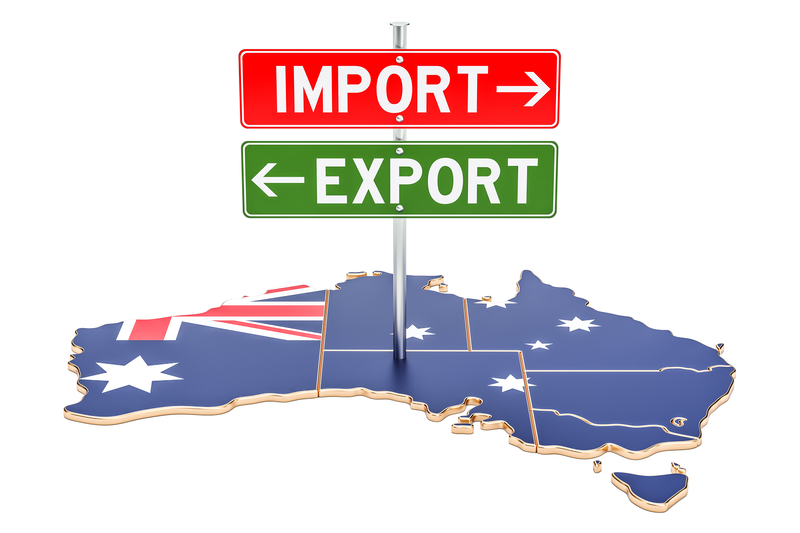Many companies worldwide remain clueless on the power of trade finance as a tool towards business growth.
Advancement in technology has made business trading worldwide more accessible than in the past 20 years.
With technology, businesses have become more interconnected ushering unprecedented improvements in terms of how easy it has become to do business these days.
Alternative to lending
Despite its eminent benefits, some businesses are keen on taking full advantage of this financial option.
In fact, many experts believe that it is, in some respect, a more viable financial option than traditional business loans.
Australian firms are lagging behind
Despite the popularity of this financial option in the global scale, only 35% of Australian businesses are actively taking advantage of trade finance, a report from Australia’s Export Finance and Insurance Corporation (EFIC) showed.
According to the same study, 64% of the surveyed Australian firms still preferred traditional means to finance their importing endeavors. Some of these modalities include borrowing from friends or relatives over availing of grants from financial institutions.
This finding provides insights that Australian businesses still have a lot of catching up to do when it comes to taking full advantage of different financial options other than borrowing from families or friends.
So how does it work?
In a nutshell, trade finance works as a tool to complete a trade cycle between a buyer and a seller (of goods or services) despite the former’s lack of dispensable cash. When a buyer who lacks funds, approaches a seller, a successful transaction seems impossible.
Of course, the seller of goods or provider of a service wants that a payment be made, or at least a portion of, before fulfilling the order. But in the event that the buyer lacks cash readily at their disposal, the buyer has an option to go to a lender for help–in a financial sense.
The lender here now acts as a catalyst to complete the trade cycle between the buyer and seller or import-export trade by funding the sale for the buyer’s behalf. Apart from actually paying the purchases, the lender also vouches for the buyer to seal the deal and complete the order.
A viable option
As previously mentioned, this financial transaction has been widely used by companies, from small to medium-sized enterprises (SMEs) to big corporations across the world.
It is a financial option that primarily aims to bridge the trade cycle gap between importers and exporters.
Buyers also undertake this transaction or finance option to secure the transaction and to minimise risk associated with the trade cycle.
Lenders as a third party to the transaction, have some control in some of the financial elements of the trade cycle. This includes monitoring it, and to make sure that items or services are actually delivered–properly and in a timely manner.
Associated risk
Just like any other financial transactions, trade finance does not come without risks. While the risks are relatively minimal as compared to traditional loan products, its pitfalls fall between low and moderate.
All parties–the buyer, seller, and lender–are still exposed to some minimal risks, which can easily be addressed if properly understood.
Addressing risks
Some of the options that buyers can do to make their global trade transactions safe is to issue invoices, purchase orders, or make the goods themselves as the security, among others.
Benefits
For the part of the exporters, trade finance enables the business to increase their orders, sales, usher growth, employ more people, and offer flexible payment terms.
On the other hand, importers can quickly see improved cash flow, increased profit margin, improved trade relationships, increased profit margin, increased competitiveness.
This also offers buyers the opportunity to expand trade networks, and apply with less documentary requirements, among others.
What to prepare
Generally, importers need to ready their audited financial reports or lodged BAS, business plans, financial forecasts, credit reports, company and its executives’ profiles, and statement of assets and liabilities, among others.
Work with us!
At Intellichoice, we provide bespoke professional financial services to our clients so they could get the best deals at reasonable rates. We believe that our clients’ success is also ours. Are you ready to expand your import-export trade?
Talk to us today at 1300 55 10 45 or +61 7 3624 1900 if you’re from overseas.




